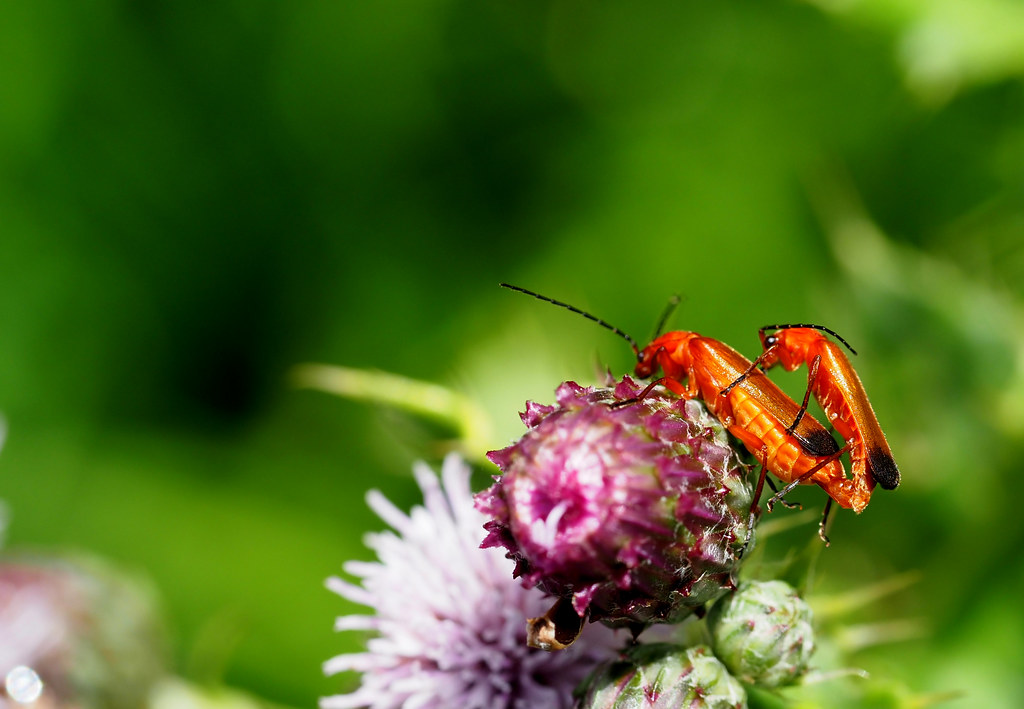#Rhagonycha fulva: Common red soldier beetle
Video
Love bugs. Rhagonycha fulva: Common red soldier beetle by pete beard
Via Flickr:
The common red soldier beetle is also known as the 'bloodsucker' for its striking red appearance, but it is harmless. It is a beneficial garden insect as the adults eat aphids, and the larvae eat other pests.
0 notes
Text

Feeding Soldier Beetle
A common red soldier beetle feeding on fennel flowers, in Twywell Gullet.
#canon#canonuk#common red soldier beetle#insect#insects#invertebrate#invertebrates#minibeast#minibeasts#nature#nature reserve#northamptonshire#northants#outdoors#rhagonycha fulva#summer#twywell#twywell gullet#twywell plantation#wildlife#wood#woodland#woodland trust#woods
1 note
·
View note
Text
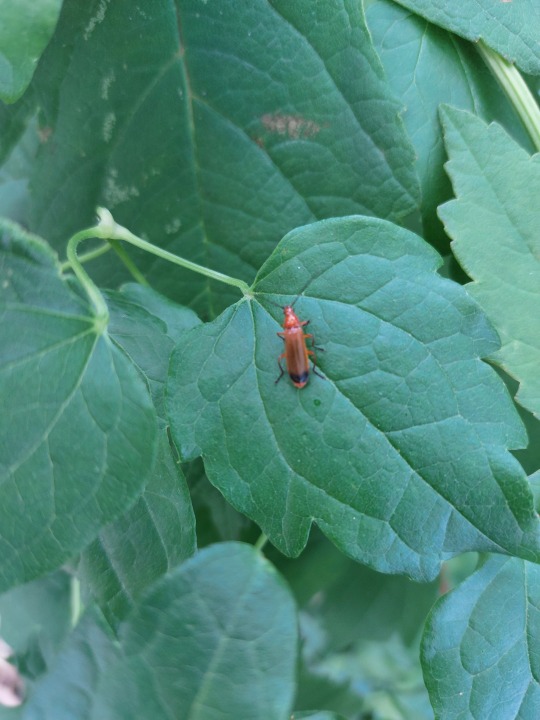


Rhagonycha Fulva ;
Common red soldier beetle ♥
15 notes
·
View notes
Text
Common red soldier beetles (Rhagonycha fulva) photos I took on Thursday, West Yorkshire, UK
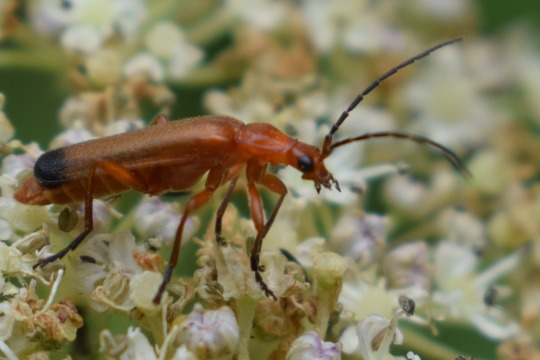


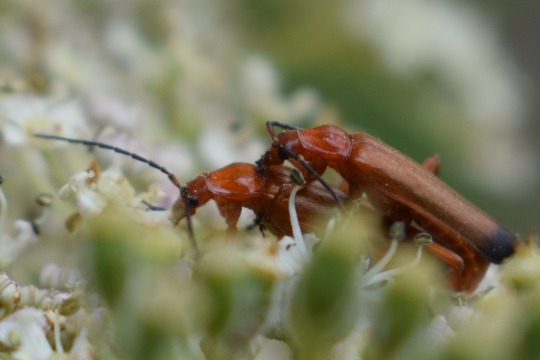
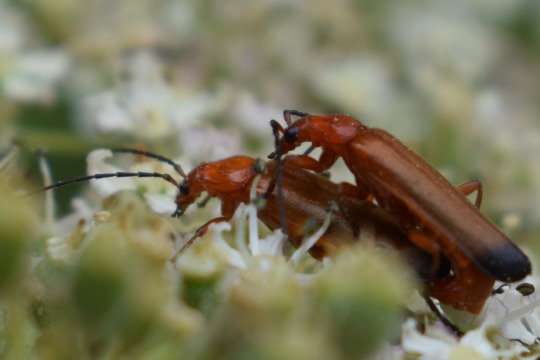
#nature#nature photography#animal#animals#wildlife#animal photography#wildlife photography#british nature#beetle#beetles#soldier beetle#insect photography#insect#invertebrate#invertebrates#insects#entomology#bug photography#bugblr#bugs#bug#wild#wild animal#wild animals#british wildlife#wild planet#macro#macro photography#macro captures#wild photography
8 notes
·
View notes
Text
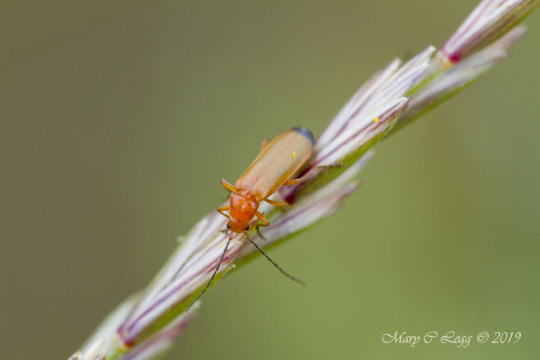
Common Red Soldier Beetle, Rhagonycha fulva Canon 7D EFS 60 2.8 f/4 1/320 iso 200 Srbsko, Czech Republic 7/11/2019
#beetles#soldierBeetles#bonkingBeetles#Cantharidae#Coleoptera#insects#Macro#Grasslands#macrophotography#insectphotography#invertebrates#insect#canon
5 notes
·
View notes
Text
Rhagonycha fulva - Common Red Soldier Beetle
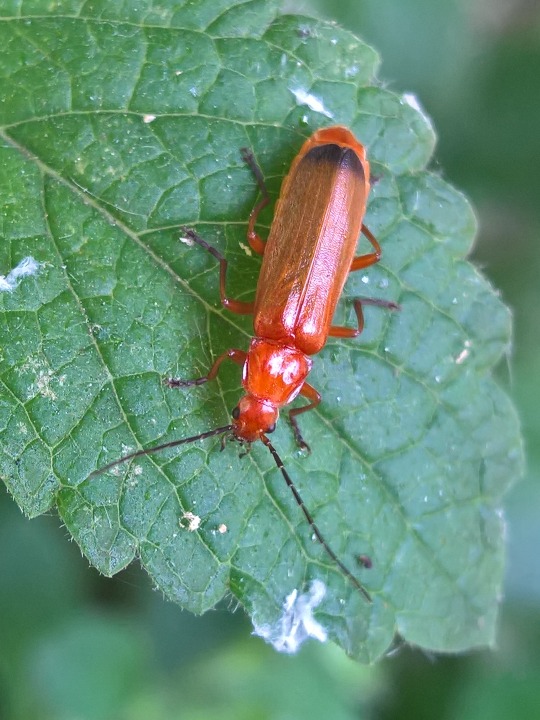
5 notes
·
View notes
Photo

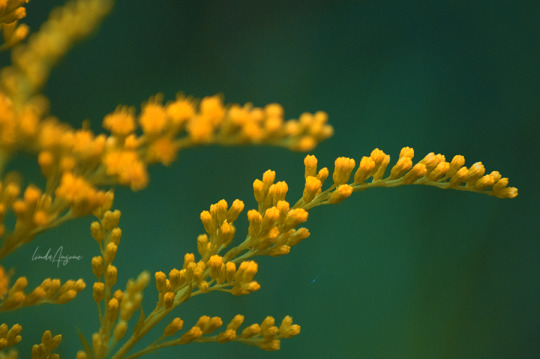

#plants#plantcore#insects#bugs#nature#nature photography#original photographers#photographers on tumblr#common red soldier beetle#rhagonycha fulva
153 notes
·
View notes
Photo

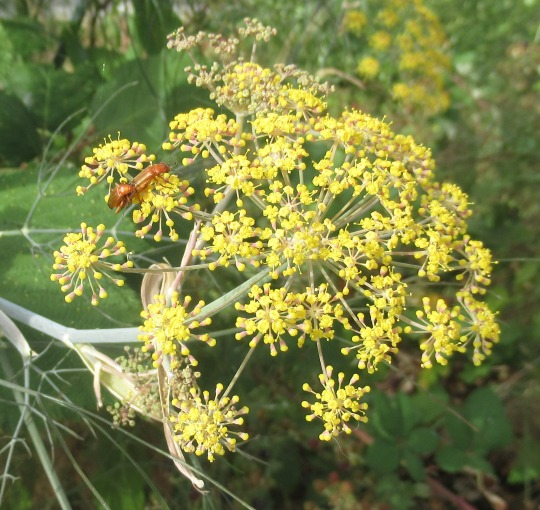
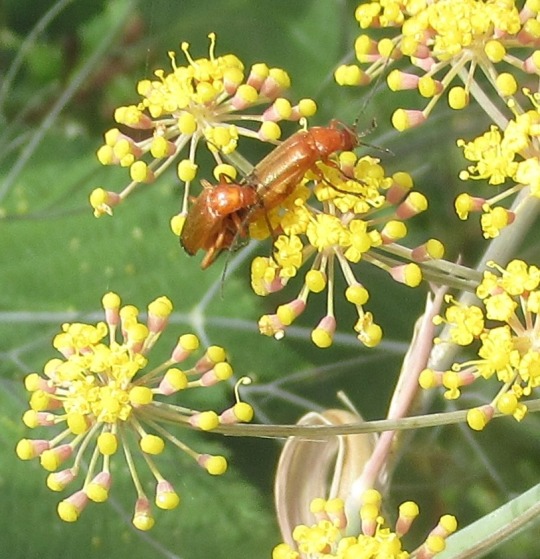
Foeniculum vulgare (Fennel) and Rhagonycha fulva (Red Soldier beetle)
Fennel is a commonly grown garden herb originally from coastal Mediterranean habitats. It stands to reason that a plant that evolves in a particular ecosystem will find a happiness in any similar ecosystem, no matter how far from home. This particular garden escapee is enjoying a view of the pier at White Rock on the shores of the mighty Pacific Ocean. It is now found in wildland/urban interface areas in Asia and North America and is considered invasive in Australia.
The Red Soldier beetle is another common European import. Sometimes called in England, ‘the hogweed bonking beetle’, it seems to spend most of it’s short life having sex. This couple don’t seem to realize that Flowerishness is a family-friendly blog. Hey you two - get a room!
#flowers#photographers on tumblr#fennel#red soldier beetle#invasive plants#fleurs#flores#fiori#blumen#bloemen#Vancouver
64 notes
·
View notes
Photo
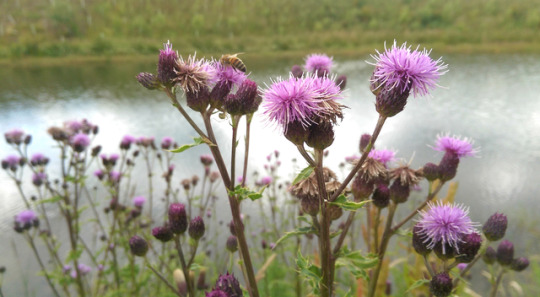


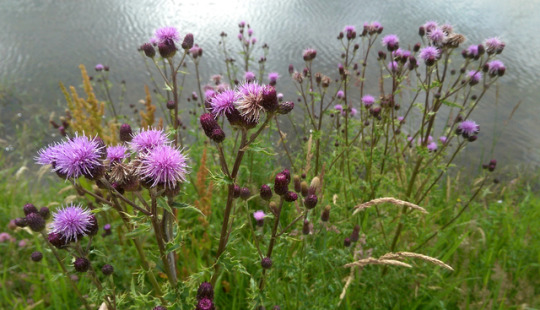
Cirsium arvense, Asteraceae
A very common sight for anyone living in cool, temperate areas of the northern hemisphere, creeping thistle, generally known as Canada thistle in North America, is ubiquitously considered a noxious weed with the potential to become quickly invasive, spreading rapidly through lateral rhizomes. Similarly to C. vulgaris, the common thistle much celebrated here in Scotland, its roots, stems and leaves are edible, but rather bland and not really worth taking the time to remove all the spines.
However, the plant is of great value to wildlife, as its leaves, nectar and seeds, often available in large quantities due to its tendency to form impressive clonal colonies, are fundamental for the sustenance of a variety of creatures. I couldn’t take good photos of all of them, but in the ten minutes I spent observing two different colonies I spotted six different species between bees and bumblebees and dozens of couples of common red soldier beetle (Rhagonycha fulva) which love to mate on thistles.
#cirsium arvense#creeping thistle#canada thistle#asteraceae#plant identification#plant photography#botany#rhagonycha fulva#common red soldier beetle#bees#bumblebees#insect photography#wildlife#wildflowers#edible plants#invasive plants#scotland#summer#plantblr#gardeners on tumblr
128 notes
·
View notes
Photo
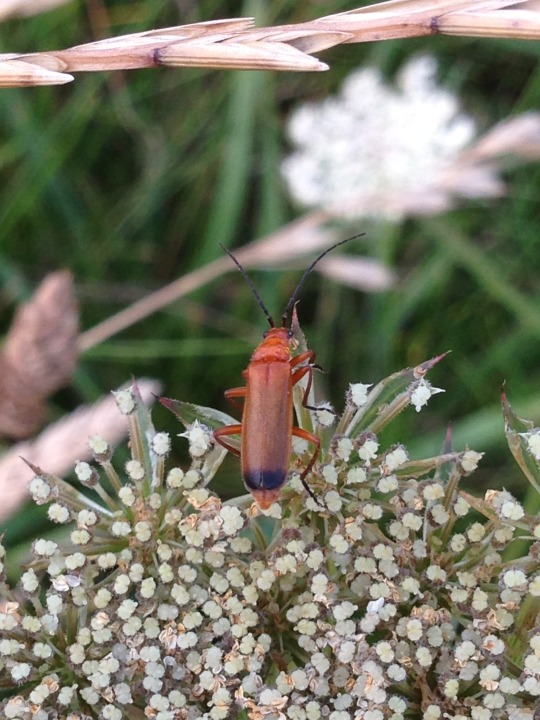
Rhagonycha fulva (Common red soldier beetle)
Cornwall, England, July 2016
IUCN: Least concern
#red#soldier#beetle#hogweed#bonking#Rhagonycha#fulva#amateurwildlifephotos#zoology#entomology#england#uk
18 notes
·
View notes
Photo
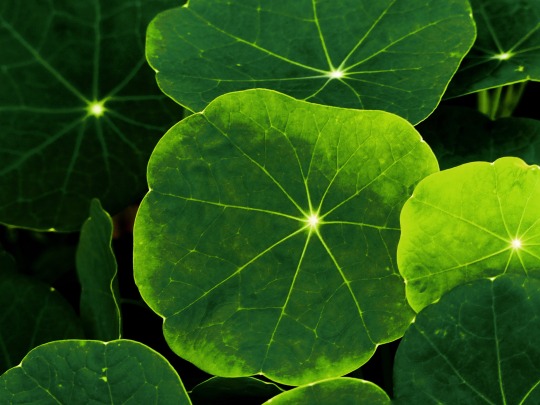

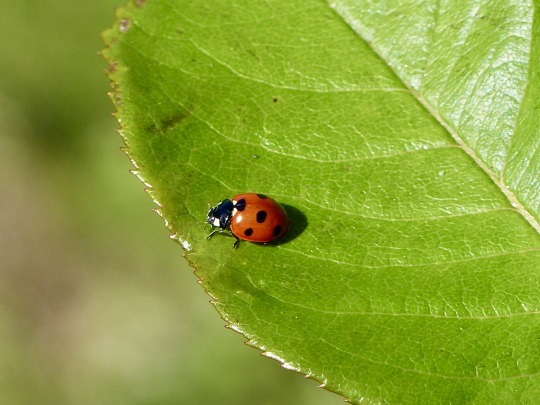
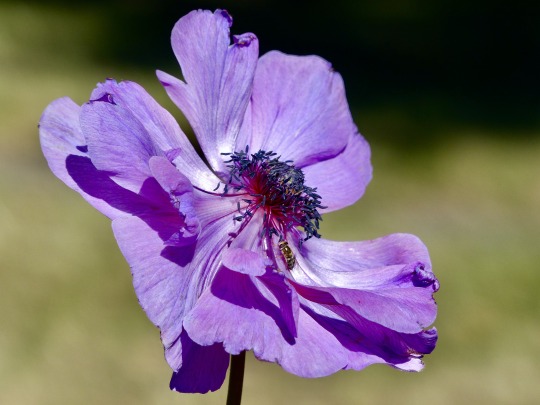

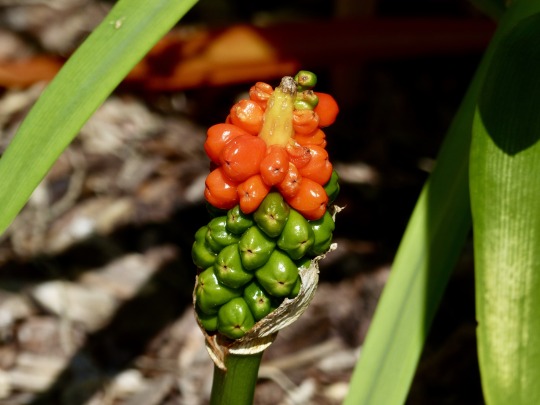


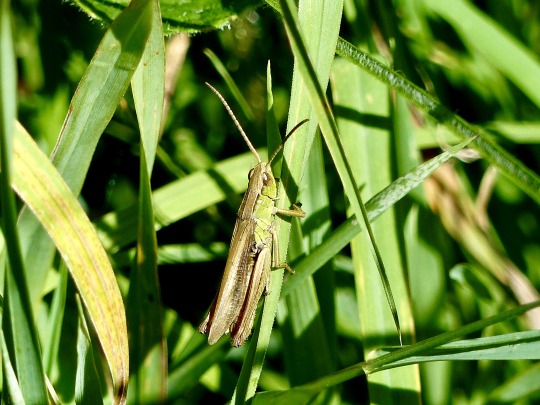
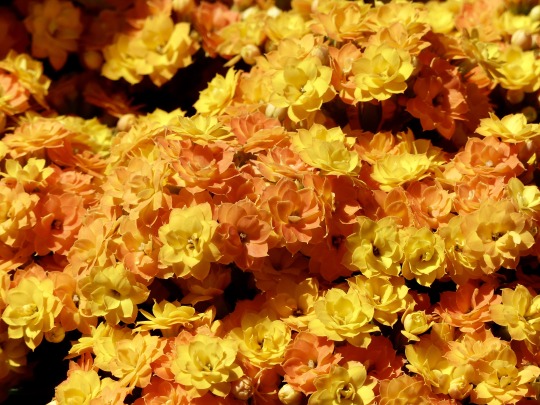
My July 2020 In Pictures.
(Click on a picture for a close-up & see descriptions 1-10 below.)
1. Wednesday 1st July 2020 at 07:40. Nasturtium leaves (Tropaelum majus), at home, Hythe, Hampshire.
2. Sunday 5th July 2020 at 17:04. Pelargonium, at home, Hythe, Hampshire.
3. Tuesday 7th July 2020 at 09:14. Seven-spot ladybird (Coccinella septempunctata), The Grove Garden, Hythe, Hampshire.
4. Saturday 11th July 2020 at 09:10. Garden anemone / poppy anemone (Anemone coronaria), Hythe, Hampshire.
5. Sunday 12th July 2020 at 17:28. Sweet peas (Lathyrus odoratus), at home, Hythe, Hampshire.
6. Thursday 16th July 2020 at 15:15. Lords and ladies (Arum maculatum), Pylewell Road, Hythe, Hampshire.
7. Monday 20th July 2020 at 09:39. Common red soldier beetle (Rhagonycha fulva), Hythe Marina, Hampshire.
8. Monday 20th July 2020 at 10:14. Wild carrot (Daucus carota), Hythe Marina, Hampshire.
9. Monday 20th July 2020 at 10:23. Common green grasshopper (Omocestus viridulus), Hythe Marina, Hampshire.
10. Tuesday 21st July 2020 at 11:03. Begonias, High Street, Hythe, Hampshire.
To read about My July 2020 In Pictures, click on the link below:-http://susanvale.blogspot.com/2020/07/my-july-2020-in-pictures.html
To read about Nasturtiums (Tropaelum majus), click on the link below:-https://en.wikipedia.org/wiki/Tropaeolum
To read about Seven-spot ladybirds (Coccinella septempunctata), click on the link:- https://en.wikipedia.org/wiki/Coccinella_septempunctata
To read about the Garden anemone (Anemone coronaria), click on the link:- https://en.wikipedia.org/wiki/Anemone_coronaria
To read about Sweet peas (Lathyrus odoratus), click on the link below:-https://en.wikipedia.org/wiki/Sweet_pea
To read about Lords and ladies (Arum maculatum), click on the link:- https://en.wikipedia.org/wiki/Arum_maculatum
To read about Common red soldier beetles (Rhagonycha fulva), click on the link:- https://www.wildlifetrusts.org/wildlife-explorer/invertebrates/beetles/common-red-soldier-beetle
To read about Wild carrots (Daucus carota), click on the link below:-https://www.plantlife.org.uk/uk/discover-wild-plants-nature/plant-fungi-species/wild-carrot
To read about the Common green grasshopper (Omocestus viridulus), click on the link:- https://en.wikipedia.org/wiki/Omocestus_viridulus
To read about Hythe, Hampshire, click on the link below:-https://en.wikipedia.org/wiki/Hythe,_Hampshire
1 note
·
View note
Photo
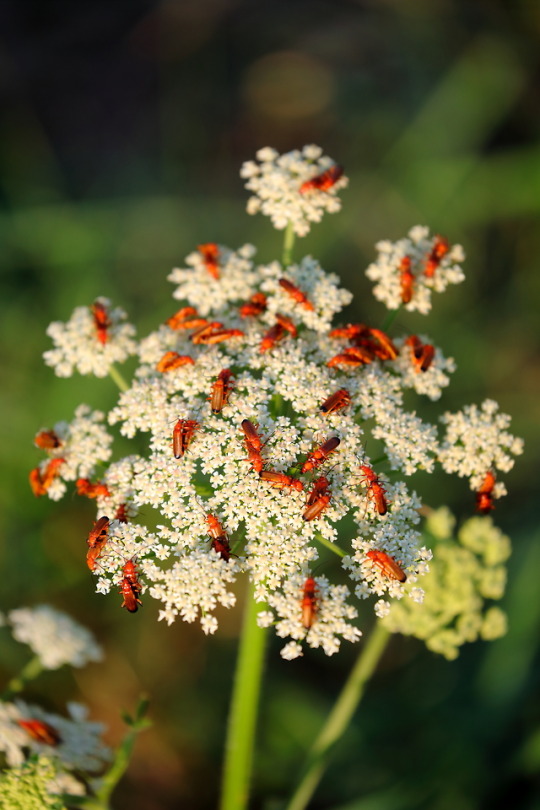
Red Soldier Beetle, Hogweed Bonking Beetle, Roter Weichkäfer (Rhagonycha fulva) on Common Hogweed, Cow Parsnip / Wiesen-Bärenklau (Heracleum sphondylium)
#red soldier beetle#hogweed bonking#beetle#roter#weichkäfer#rhagonycha fulva#hogweed#cow parsnip#wiesen-bärenklau#heracleum sphondylium
10 notes
·
View notes
Text
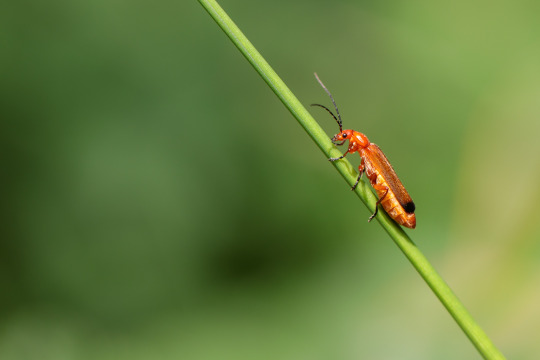
Common Red Soldier Beetle
A common red soldier beetle climbing up a grass stem, in Southwick Wood.
#canon#canonuk#common red soldier beetle#insect#insects#invertebrate#invertebrates#minibeast#minibeasts#nature#nature reserve#northamptonshire#northants#outdoors#rhagonycha fulva#short and southwick woods#short wood and southwick wood#summer#wildlife#wildlife trust#wildlife trusts#woodland#woods
1 note
·
View note
Photo
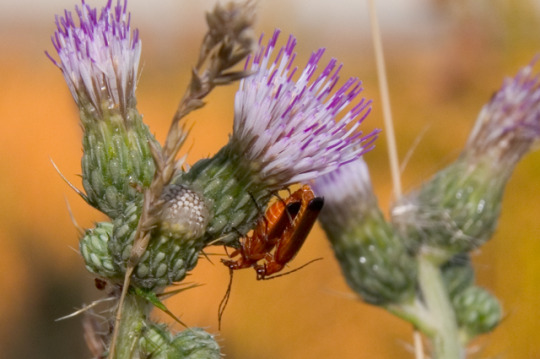
Some years ago my county council (for those of you who live in forn parts, UK county councils are responsible, among other things like charging a bloody fortune for leaving streets with no light and refusing to collect domestic refuse and failing to educate our children, for maintenance of public highways) refused adamantly to repair a trunk road which was sliding inexorably into the adjacent field. From the late eighties into the early naughties -- yes, more than ten years -- a set of 'temporary' traffic lights, which annoyed the living bejaebers out of the local residents, most of whom had to commute that way twice every day, and the rest of us who only went that way once in a blue moon, reduced the road to a single, congested carriageway. The reason? A colony of red ants had been found by the highways surveyor and in the UK red ants were protected by law on account of their scarcity. Some years ago, the road was mended and both lanes opened again. I have a strong suspicion that one dark night a can or two of local insecticide ensured that red ants became rather scarcer. Ants. Ants for heaven's sake. Ants.
Whatever... yesterday I enjoyed some evening sunshine, tramping the dessicated Mid-Welsh desert, exploring an old lead mine (had the most revolting-looking stalactite) and picking up a tick, and found this couple doing what comes naturally on warm summer evenings.
Rhagonycha fulva, common red soldier beetle, on some species of Cirsium. What species I have no idea. It's a thistle; they hurt when you sit on them.
Like ants.
#original photography#photographers on tumblr#nature photography#macro#wildlife#Rhagonycha fulva#red soldier beetle#and some sort of spiky flower thing
1 note
·
View note
Photo
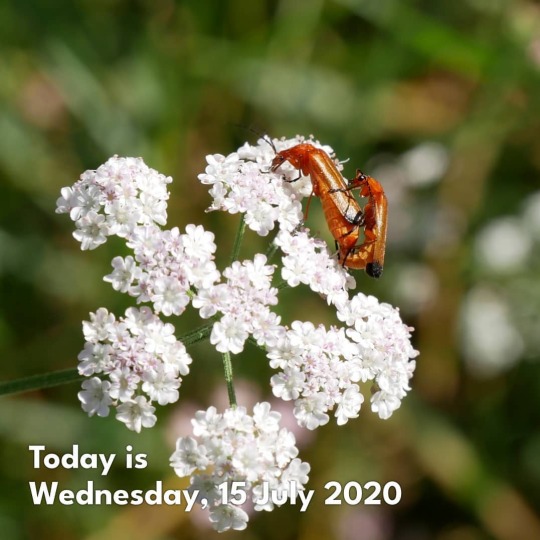
Torilis japonica (Japanese hedge parsley, erect hedgeparsley or upright hedge-parsley), a plant in the carrot family. T. japonica has potential to fight several cancers through a terpene it produces called Torilin, extracted from its fruits. There are also a couple of common red soldier beetles in the shot. Erm... yeah. Rhagonycha fulva, misleadingly known as bloodsucker beetles, are apparently popularly known in England as the Hogweed Bonking Beetles. Can't think why. 'The adults, which are active between the months of June and August, spend much of their short lives mating and can often be seen in pairs.' Oh, that would be why. There were a lot of them engaged in special cuddles near these two. Moving swiftly on. https://www.instagram.com/p/CCpuZmRnsT3/?igshid=nl4xnv16e4z7
0 notes
Text
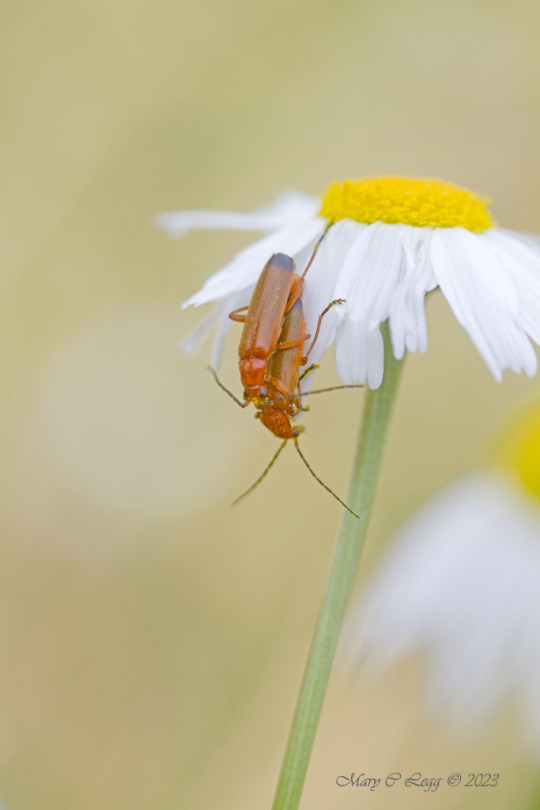
Mating Common Red Soldier Beetles, Rhagonycha fulva Canon 7D EFS 60 2.8 f/4 1/320 iso: 200 Prague, Czech Republic 7/15/2021
#Beetles#AmazigBeetles#Cantharidae#Coleoptera#insects#invertebrates#macro#grasslands#insectphotography#macrophotography#insect#canon
1 note
·
View note
